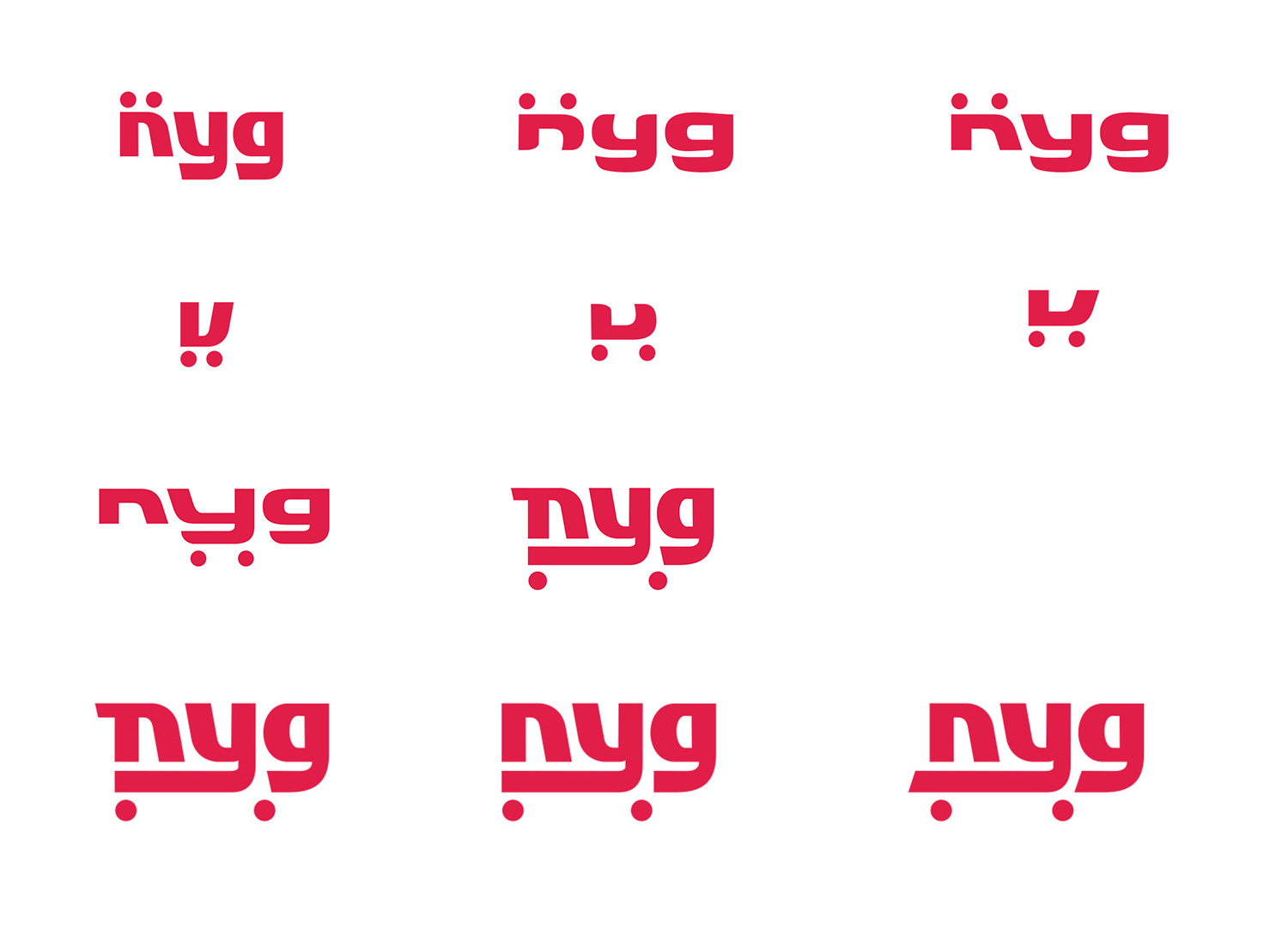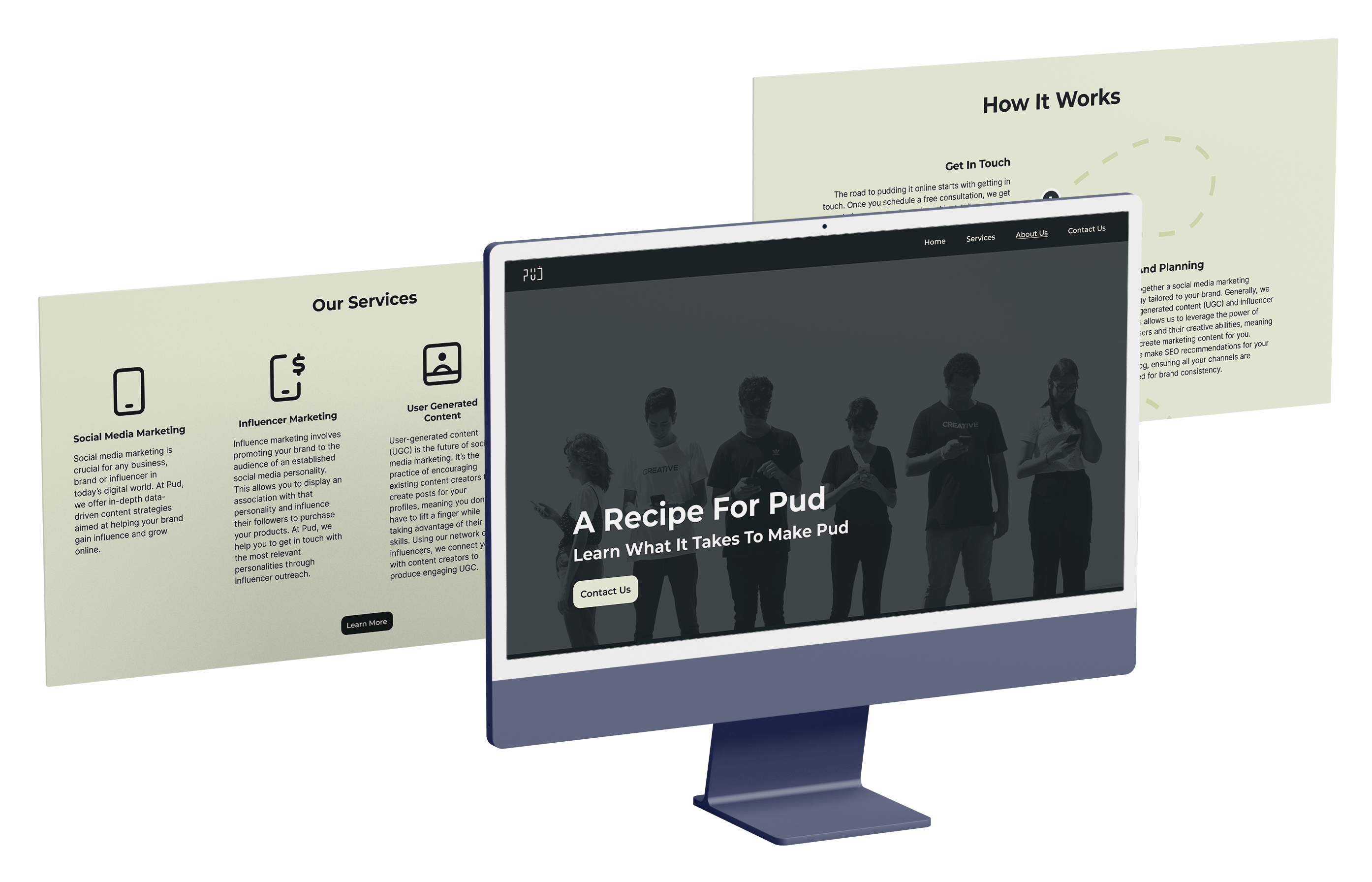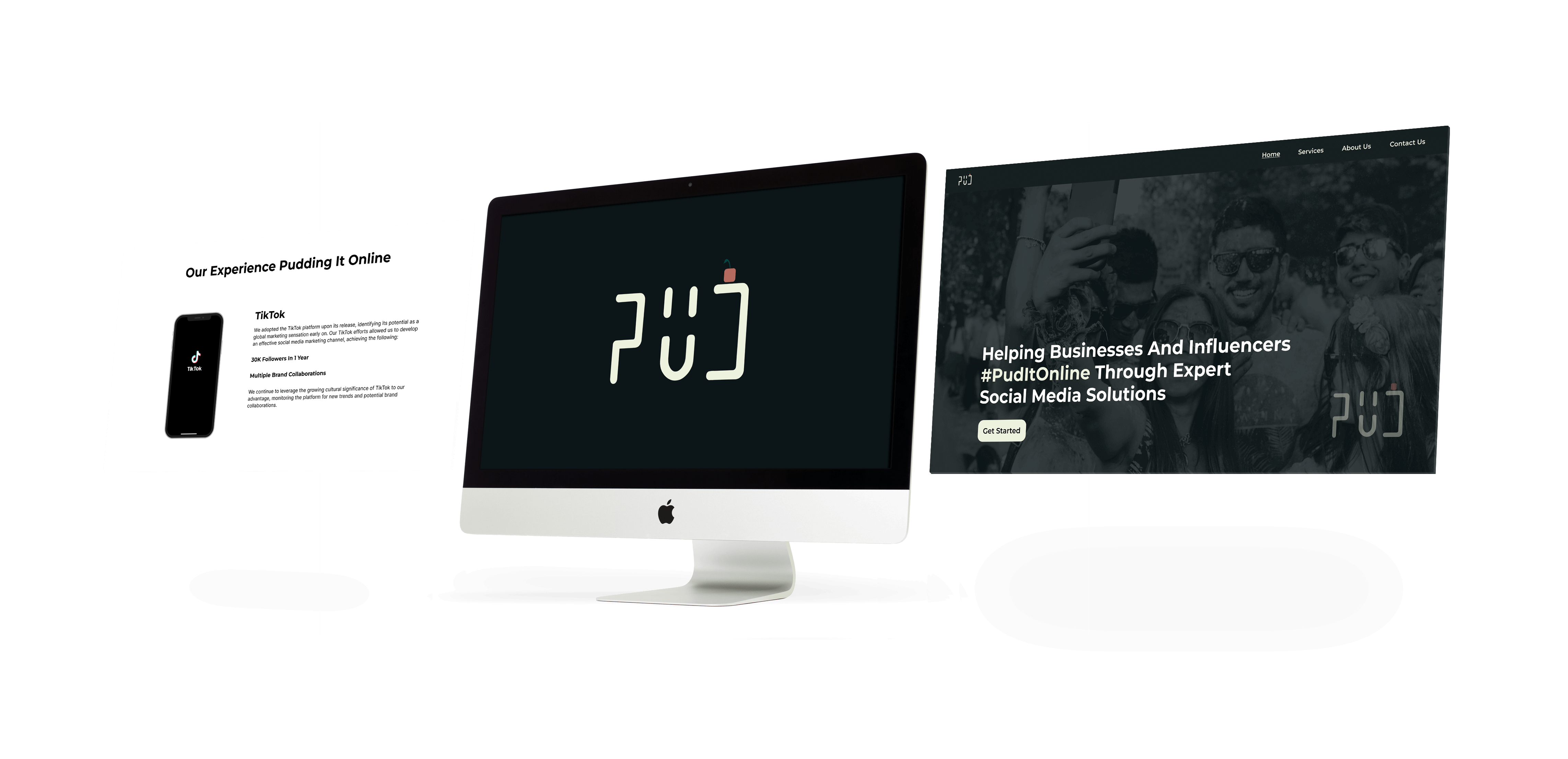Unlocking The Power Of LC PUD: Your Ultimate Guide To Understanding This Revolutionary Concept
Imagine stumbling upon a term that could completely transform the way you think about urban planning and sustainable development. Enter LC PUD – a concept that's been making waves in the world of architecture and city planning. LC PUD, or Low Carbon Planned Unit Development, isn't just another buzzword; it's a groundbreaking approach to creating sustainable communities that prioritize both people and the planet. In this article, we'll dive deep into what LC PUD is, why it matters, and how it can shape the future of urban living.
Picture this: cities where green spaces flourish, where transportation is efficient and eco-friendly, and where communities thrive in harmony with nature. That’s the vision behind LC PUD. But what exactly does it entail? Why should you care? And most importantly, how does it affect your daily life? Let’s break it down step by step. Whether you're an urban planner, an eco-conscious citizen, or just someone curious about the future of cities, this guide has something for everyone.
As we navigate through the complexities of climate change and rapid urbanization, innovative solutions like LC PUD are more crucial than ever. By the end of this article, you’ll not only understand the ins and outs of LC PUD but also discover how you can contribute to creating a more sustainable future. So, buckle up and get ready to explore the world of LC PUD!
- Filmyfly Yaariyan Your Ultimate Destination For Bollywood Entertainment
- 955 Unraveling The Enigma Of This Magical Number
What Exactly is LC PUD?
LC PUD, or Low Carbon Planned Unit Development, refers to a type of urban planning that focuses on reducing carbon emissions while promoting sustainable living. Unlike traditional developments, LC PUD integrates eco-friendly design principles, energy-efficient technologies, and community-oriented features to create neighborhoods that are both environmentally friendly and socially responsible.
This innovative approach aims to address the pressing issues of urban sprawl, pollution, and resource depletion. By combining smart design with cutting-edge technology, LC PUD offers a blueprint for building cities that are resilient, sustainable, and livable. Think of it as a recipe for creating urban spaces where people and the planet can coexist peacefully.
Key Features of LC PUD
So, what makes LC PUD stand out from other urban development models? Here are some of its key characteristics:
- Vegamovies In Hindi Movie Your Ultimate Destination For Bollywood Thrills
- Filmyfly Bollywood Hindi Dubbed Your Ultimate Guide To Hindi Dubbed Movies
- Sustainable Infrastructure: LC PUD incorporates renewable energy sources, such as solar panels and wind turbines, to power homes and businesses.
- Green Spaces: These developments prioritize the integration of parks, gardens, and other natural areas to enhance biodiversity and improve air quality.
- Efficient Transportation: LC PUD promotes the use of public transit, biking, and walking to reduce reliance on cars and lower carbon emissions.
- Community Engagement: Residents are encouraged to participate in decision-making processes, ensuring that their voices are heard and their needs are met.
By focusing on these elements, LC PUD creates environments that are not only sustainable but also vibrant and inclusive.
Why LC PUD Matters in Today's World
With the global population expected to reach 9.7 billion by 2050, the demand for urban living spaces is skyrocketing. However, traditional urban development methods often come at a high environmental cost, contributing to deforestation, pollution, and climate change. This is where LC PUD steps in, offering a solution that addresses these challenges head-on.
According to the United Nations, cities account for approximately 70% of global carbon emissions. By adopting LC PUD practices, we can significantly reduce this number, creating healthier and more sustainable urban environments. Moreover, LC PUD aligns with global efforts to combat climate change, such as the Paris Agreement and the United Nations Sustainable Development Goals.
The Environmental Impact of LC PUD
Let’s take a closer look at the environmental benefits of LC PUD:
- Reduced Carbon Footprint: By utilizing renewable energy sources and energy-efficient technologies, LC PUD developments can slash carbon emissions by up to 50% compared to conventional urban areas.
- Improved Air Quality: The emphasis on green spaces and sustainable transportation helps reduce air pollution, leading to healthier communities.
- Water Conservation: LC PUD incorporates water-saving technologies, such as rainwater harvesting and greywater recycling, to minimize water waste.
These benefits not only contribute to a healthier planet but also enhance the quality of life for residents, making LC PUD a win-win solution for both people and the environment.
How LC PUD Works in Practice
Now that we understand the theory behind LC PUD, let’s explore how it works in real-world scenarios. Several cities around the world have already embraced this innovative approach, showcasing its potential to transform urban landscapes.
Case Study: Masdar City, Abu Dhabi
Masdar City, located in Abu Dhabi, is a prime example of LC PUD in action. This carbon-neutral city is powered entirely by renewable energy and features cutting-edge technologies such as driverless electric vehicles and advanced waste management systems. By prioritizing sustainability and innovation, Masdar City serves as a model for future urban development.
Case Study: Songdo International Business District, South Korea
Songdo, a planned city in South Korea, is another standout example of LC PUD. Designed to be one of the most sustainable cities in the world, Songdo boasts an impressive array of green buildings, energy-efficient infrastructure, and extensive public transportation networks. Its success demonstrates the feasibility and benefits of implementing LC PUD principles on a large scale.
The Role of Technology in LC PUD
Technology plays a pivotal role in the success of LC PUD. From smart grids to IoT-enabled devices, modern innovations are transforming the way we design and manage urban spaces. Here are some of the key technologies driving LC PUD:
- Smart Grids: These advanced electrical grids optimize energy distribution and consumption, ensuring that renewable energy sources are utilized efficiently.
- IoT Devices: Internet of Things (IoT) devices enable real-time monitoring and management of resources, such as water and electricity, leading to significant savings.
- Green Building Materials: Innovations in construction materials, such as recycled steel and bamboo, reduce the environmental impact of building projects.
By leveraging these technologies, LC PUD developments can achieve unprecedented levels of sustainability and efficiency.
Challenges and Solutions in Implementing LC PUD
While LC PUD offers numerous benefits, its implementation is not without challenges. High initial costs, resistance from traditional developers, and regulatory hurdles can all pose obstacles to adopting this approach. However, these challenges are not insurmountable.
Overcoming Financial Barriers
To address the issue of high costs, governments and private sector partners can offer incentives such as tax breaks, grants, and low-interest loans to encourage the adoption of LC PUD practices. Additionally, the long-term savings achieved through energy efficiency and resource conservation can offset initial expenses, making LC PUD a financially viable option.
Navigating Regulatory Challenges
Streamlining the approval process for LC PUD projects and creating standardized guidelines can help overcome regulatory barriers. Collaboration between urban planners, policymakers, and stakeholders is essential to ensure that LC PUD initiatives are implemented effectively and efficiently.
The Economic Benefits of LC PUD
Beyond its environmental advantages, LC PUD also offers significant economic benefits. By creating jobs in the renewable energy and green building sectors, LC PUD developments stimulate local economies and promote sustainable growth. Moreover, the increased property values and reduced operational costs associated with LC PUD projects make them an attractive investment opportunity for both developers and residents.
Job Creation in the Green Economy
The transition to LC PUD creates new employment opportunities in fields such as renewable energy, sustainable architecture, and eco-friendly construction. According to a report by the International Renewable Energy Agency (IRENA), the renewable energy sector alone could employ over 42 million people globally by 2050. By embracing LC PUD, cities can tap into this growing market and foster economic prosperity.
How You Can Get Involved in LC PUD
Whether you're a homeowner, a business owner, or a concerned citizen, there are plenty of ways to get involved in LC PUD initiatives. Here are a few ideas to get you started:
- Advocate for Change: Support local policies and initiatives that promote sustainable urban development.
- Make Sustainable Choices: Opt for energy-efficient appliances, renewable energy sources, and eco-friendly transportation options.
- Engage with Your Community: Participate in community events and discussions focused on sustainability and urban planning.
Your actions, no matter how small, can contribute to the broader goal of creating a more sustainable future.
The Future of LC PUD
As the world continues to grapple with the challenges of urbanization and climate change, the importance of LC PUD will only continue to grow. By embracing this innovative approach, we can create cities that are not only sustainable but also resilient, equitable, and prosperous.
A Vision for the Future
Imagine a world where every city is a hub of sustainability, where green spaces abound, and where communities thrive in harmony with nature. This is the vision that LC PUD offers, and it’s a vision worth striving for. By working together, we can make this dream a reality and ensure a brighter future for generations to come.
Conclusion
In conclusion, LC PUD represents a revolutionary approach to urban planning that prioritizes sustainability, innovation, and community engagement. From reducing carbon emissions to promoting economic growth, the benefits of LC PUD are vast and far-reaching. As we’ve explored in this article, the challenges associated with implementing LC PUD are not insurmountable, and the rewards are well worth the effort.
So, what’s next? It’s time to take action! Whether you’re an urban planner, a policymaker, or simply someone passionate about creating a better world, there’s a role for you in the LC PUD movement. Share this article with your friends, get involved in local initiatives, and let’s work together to build the sustainable cities of tomorrow.
Table of Contents:
Article Recommendations
- Filmyfly Xyz 2025 Your Ultimate Bollywood Movie Destination
- Filmyflynet Hollywood Your Ultimate Guide To Streaming Hollywood Movies



Detail Author:
- Name : Eda Green
- Username : gayle64
- Email : gayle71@mayer.info
- Birthdate : 1991-05-20
- Address : 3645 Jake Meadows O'Reillyville, NJ 52954
- Phone : (320) 757-0683
- Company : Bernhard-Kilback
- Job : Insurance Policy Processing Clerk
- Bio : Dolorem quaerat dolorum et aspernatur beatae et. Voluptates voluptas non voluptatem culpa harum perferendis aut. Est soluta laudantium et repudiandae architecto corporis.
Socials
tiktok:
- url : https://tiktok.com/@keffertz
- username : keffertz
- bio : In dolorem odio ab nihil eum. Fuga fuga quae nihil debitis qui.
- followers : 2881
- following : 270
facebook:
- url : https://facebook.com/ken_effertz
- username : ken_effertz
- bio : Magnam asperiores est quidem vel deleniti tenetur. Qui quae est consequatur.
- followers : 5587
- following : 145
linkedin:
- url : https://linkedin.com/in/keffertz
- username : keffertz
- bio : At est distinctio quia tempora.
- followers : 6808
- following : 1129